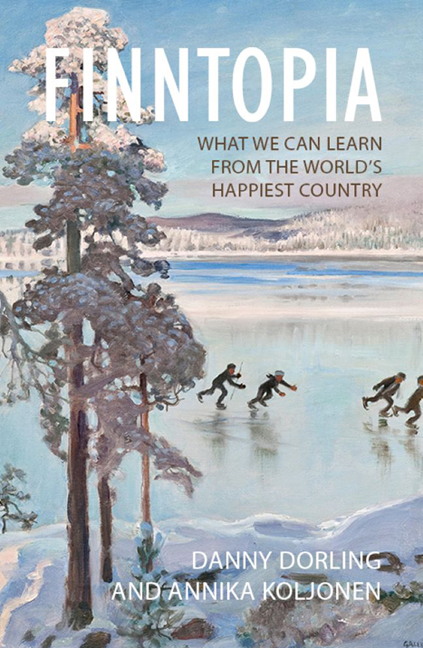2 - History amid empires
Published online by Cambridge University Press: 20 December 2023
Summary
“Only after World War II did the nation experience reconciliation to such an extent that political and ideological debate could be conducted without threat to democracy or fear of retribution. The national healing had progressed sufficiently to accept diversity as a sign of a healthy nation.”
Borje Vahamaki, translator's note, in “Under the North Star 3” (Linna 2003: xii)The land between the powers
To the outside world Finland may not appear particularly diverse, but its own people see things rather differently, particularly when looking at the complex history and shifting politics in the years up to the Second World War. Writing in October 1939, one American media mogul claimed “Stalin is treading on dangerous ground when he attacks Finland […] Finland is the most upright and honest nation in Europe. She is the one nation that has recently paid its duly contracted debts to us. She is the one nation whose word of honor is worth a centime or a farthing. She is the one nation that the United States has reason to respect” (Hearst 1939). It may well have been William Randolph Hearst, the model for the protagonist of Orson Welles’ film Citizen Kane, who helped create the myth of the steadfast, independent-minded, stubborn yet diplomatic character of the Finns.
From the early twelfth century until 1945, Finns were caught in the middle of larger nations’ ambitions and empires: Sweden in the west, Russia in the east, Germany to the south, and with the cold relentlessly sweeping down from the north to add to the drama. Finland was, in effect, controlled by Denmark in the form of the Kalmar Union of Scandinavia aristocracy from 1397 to 1523, ending with Sweden's rebellion. Sweden then ruled Finland more or less uninterrupted until 1809, although at the end of the Great Northern War (1700–21) its grip was perilously weak. From 1809, Russia dominated Finland, invading at times, ruling at others, until independence day, 6 December 1917. During the period 1941–44, Finland was – despite not being run by Nazis – an ally of Germany and reliant on it for imports of food, fuel and armaments. In 1944, however, the Finns turned on Germany, in the Lapland War (September 1944 to April 1945).
- Type
- Chapter
- Information
- FinntopiaWhat We Can Learn from the World's Happiest Country, pp. 25 - 44Publisher: Agenda PublishingPrint publication year: 2020



